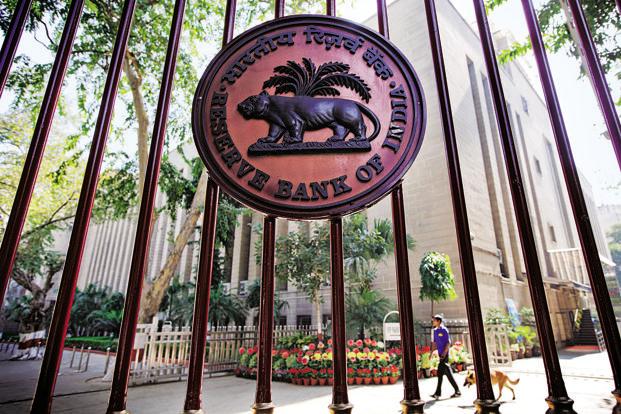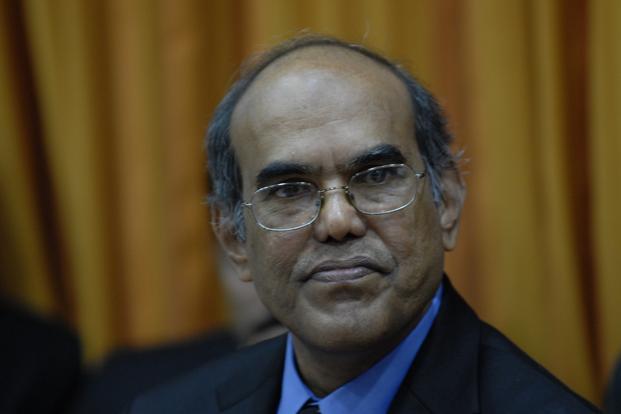If you have your ear to the ground, you may hear 1.2 million employees of the Indian microfinance industry singing an old song of country-and-western singer and songwriter Jim Reeves:
Where do I go from here?
What fate is drawing near?
To use a cliché, the Rs65,000 crore microfinance industry has been in the doldrums, at least for the time being, in the aftermath of the ban on old Rs1,000 and Rs500 notes that accounted for 86% of the money in circulation in India or close to 11% of the size of Asia’s third largest economy.
Around 85% of the loan disbursements by the microfinance institutions (MFIs) and close to 95% repayment or collection of loans have traditionally been in cash. The sudden disappearance of the old notes and the slow replacement by new notes hit the industry hard in the second week of November when the so-called demonetisation came into effect.
Yes, the Rs100 currency notes, the mainstay of relatively smaller MFIs when it comes to loan disbursements and repayments, have been in circulation, but people have been hoarding this as it is difficult to get change for Rs2,000, and Rs500 currency notes continue to be in short supply even now. The industry is limping back to normalcy, but the aggressive push to a cash-less economy will force the MFIs to change their business model if they want to survive.
As I write this piece, the disbursements and collection of loan instalments have risen substantially from the week ending 12 November but still they are far from being normal. Going by the estimate of Sa-Dhan, an industry body, in the first week of the ban on old notes, disbursements dropped to 50-60%. In the second week, it rose by 12-15 % over the first week and in the third week, it further rose by 30-35 % over the second week. Similarly, the collection of debt instalments dropped to 30-40% in the first week, but there has been a gradual rise since then.
Indeed, the RBI has relaxed the income recognition norms by 60 days, but a typical MFI customer would not like to default in repaying the debt if she has cash, says P.H. Ravikumar, chairman of Bharat Financial Inclusion Ltd, which has a loan book of close to Rs12,000 crore. A loan turns bad when a borrower does not pay for 90 days, but the RBI has extended this period to 150 days for loans to be repaid in November and December.
The average loan given to Bharat Financial’s 7.7 million borrowers is Rs19,000 and 75% of its loans are one-year loans, disbursed from community centres attached to 1,350 branches across India. Its recovery rate has risen to 85% and it has been using the cash repayments to disburse fresh loans. Typically, it disburses Rs1,600 crore a month, and half of it is supported by loan repayments. Bharat Financial was planning to go cashless by April 2018, but now it has to speed up the process.
It won’t be an easy task for the industry even though there have been instances of MFIs striving to do this in different geographies. They could do so as many of them—at least 50 for-profit MFIs—have been serving as business correspondents of various banks. In this avatar, in addition to their core business of giving small loans, they offer banking products to their customers for a fee earned from the banks whose products they hawk. About 70% borrowers of Cashpor Micro Credit in eastern Uttar Pradesh get their loans through bank accounts. Similarly, around 200 branches of Satin Creditcare Network Ltd in western Uttar Pradesh have gone cashless.
Indeed, all MFIs will not be affected the same way. The pain for the rural ones will certainly be more than their counterparts in semi-urban and urban pockets. Similarly, those who are on their way to transform themselves into small finance banks are better equipped to handle this phase of transition because of their relative superiority in terms of technology platform. For most, all lendings have been so far in cash, drawn from the nearest bank branch with which the MFIs have an account. From the bank branch, the cash travels to different branches of the MFIs and, from there, to the community centres or the spots where the borrowers gather to collect their loans and repay at periodic intervals. For this logistic reason, the loan disbursements are typically planned for days in advance. There are around 13,000 MFI branches across India and each branch serves many groups of women who assemble at the courtyard of the leader of such groups at a particular time on a given day.
In a similar fashion, the repayments flow back. Different MFIs follow different payment cycles. At the weekly, fortnightly or monthly meetings, the borrowers pay their loan instalments. From there, the collections flow back to the banks through the MFI branches which aggregate all loan disbursements and repayments and keep a small amount in their custody when the repayment of loans exceed new disbursements.
What impacted the MFI borrowers who have a high repayment track record is primarily the sudden shortage of Rs100 notes and, to a lesser extent, the slow replacement of old Rs500 notes. Indeed, repayments are used for fresh loan disbursals, but since all repayments cannot be absorbed in the same centre immediately, a good part of the repayment flows back into the bank account. And once the money goes back into the bank account, it cannot come back for fresh disbursements because of current restrictions on how much cash an MFI can withdraw from banks. As a result of this, many of those that had planned big disbursements this time around cannot do so. Traditionally, a substantial part of the disbursements takes place in the so-called ‘busy season’ that lasts between October and March when major crops are reaped and economic activities increase across the country.
The writing on the wall is loud and clear. The MFIs must change the ways in which they have been working. They need to forge alliances with different kinds of banks—small finance, payments as well as universal banks—as well as digital wallet service providers and disburse and collect money through the banking channel which will leave a trail for audit for all such transactions. It cannot be done overnight and the RBI must give them time for the transition. For all new customers, the MFIs must create the bank linkages. Those who are not capable of doing so can convert themselves into business correspondents of banks, while the large MFIs can be made small finance banks, depending on their track record. Eight of them have already been made so.
This new architecture will lead to an increase in the cost for MFI borrowers as the money cannot be disbursed at their doorsteps anymore unless portable micro ATMs are used. They would need to travel to the nearest bank branch or the business correspondent and, in the process, they may lose half a day’s wage and/or incur cost in transport. For MFIs, on the other hand, the operational cost will come down as they would not need so many people for disbursements of loans and collection of repayments. It will also bring down the incidents of theft and pilferage. The new cost structure will enable them to bring down the price of loans and compensate for the additional cost that the borrowers will incur.



